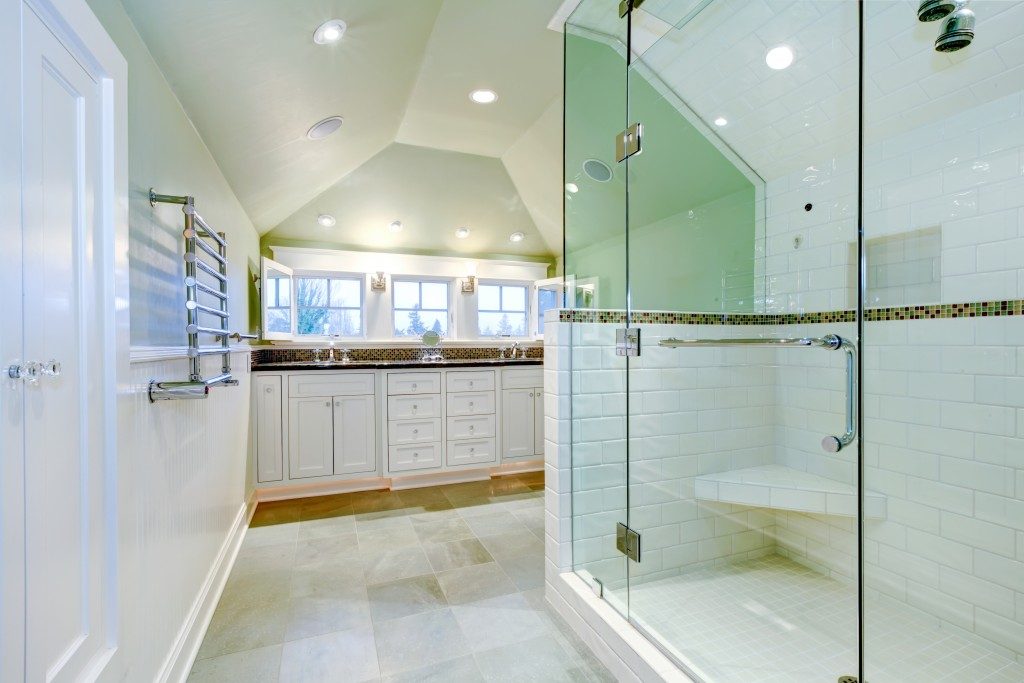Records reveal that every year, more than 200,000 people have injured themselves inside their bathrooms, and these are only the ones who have been reported. The numbers are not surprising considering all the slippery surfaces and other hazards that can be found in the bathroom.
There is the risk of getting burned due to scalding water, getting drowned and electrocuted, and other dangerous, even fatal hazards that can be found. This is why the bathroom is considered the most accident-prone area in a house.
While it’s essential to focus on aesthetics and making sure your bathroom wall linings have that clean, ceramic look, you can’t neglect the safety factor. It is highly essential to take bathroom safety seriously to prevent injuries to any members of your family.
It is impossible to eliminate all the risks, but there are specific ways you can do to minimise them. Here are some ideas on how to increase the safety inside your bathroom.
Grab a Grip
Your bathroom is filled with water and slippery surfaces. Therefore, having excellent traction underfoot should be a top priority. Avoid choosing slick, glossy tiles when designing your bathroom floors. As grout lines are capable of increasing traction, go for smaller floor tiles.
This is highly recommended, especially inside the shower. You can also check out the market for bigger stone or ceramic floor tiles that come with extra grit. They are the safest choice for any bathroom floor. Once you step out of the shower, make sure you have a rubberised, slip-resistant rug to dry your feet.
As mentioned, falls are still possible, so avoid getting shower fixtures that have sharp points or edges. When you fall against these, your injuries will get doubled. For your countertops and other components, go for rounded corners instead.
If you need hooks to hang towels and clothes, choose rounded, oversized ones explicitly designed for bathroom use.
Stay Safe While You Bathe
When building a new shower, the controls should be extremely within reach, whether from the inside or outside the water stream. Before getting drenched, make sure you have easy access to temperature control in case the water gets way too hot for you.
Also, consider getting a shower bench. This is not exclusively for sitting, however. It can also be useful when shaving legs. Finally, minimise the threshold on the way to the shower to lower the risks of an accident. Make sure it is easy for everyone in the family to step inside the shower.
Think About the Kids

If there are kids at home, make sure all your medications and cleaning supplies are locked away safely and not within their reach. Consider installing safety devices as well. Most importantly, never leave a child alone in the bath or shower unattended.
Falls and slips are more common among elderly members of the family, but children are at risk, too. Also, do not use a baby bath seat, as it is not capable of preventing drowning. Even 1-2 inches of water can be dangerous for young children.
Lastly, compared to adults, children’s skin is more sensitive to burns, so be careful when getting warm baths and showers.

